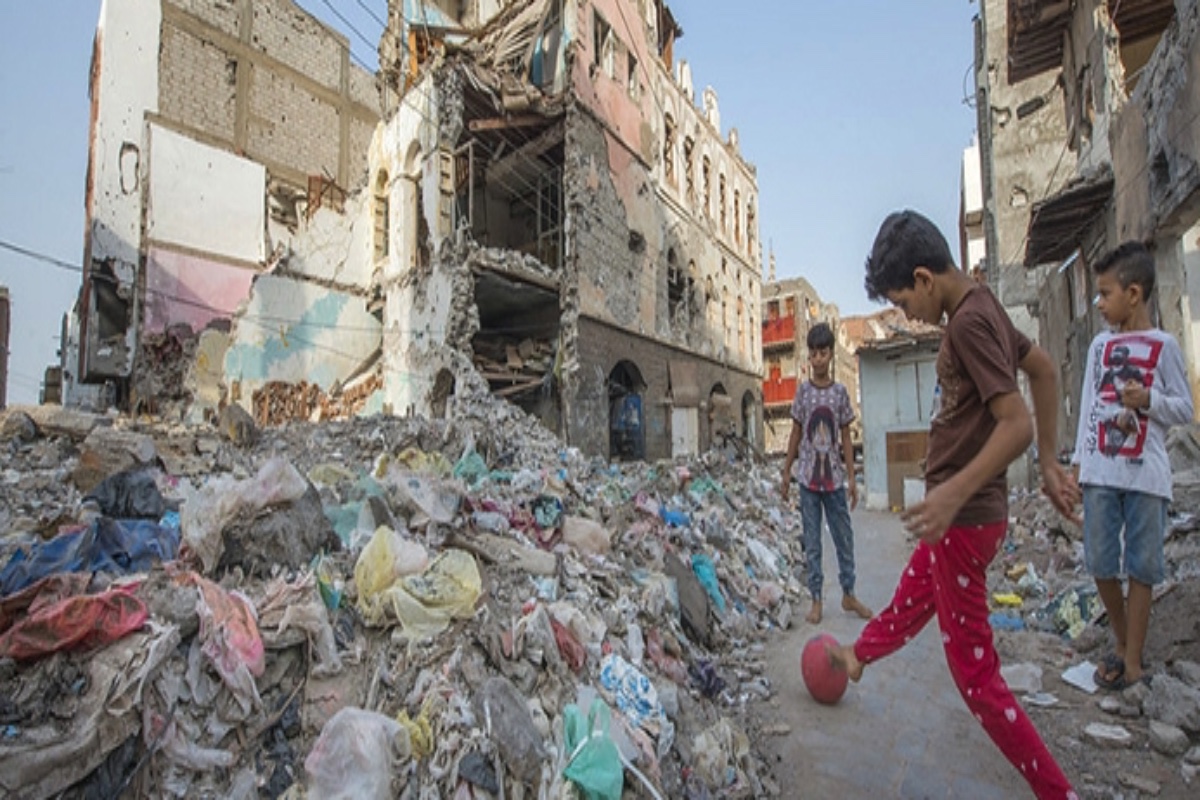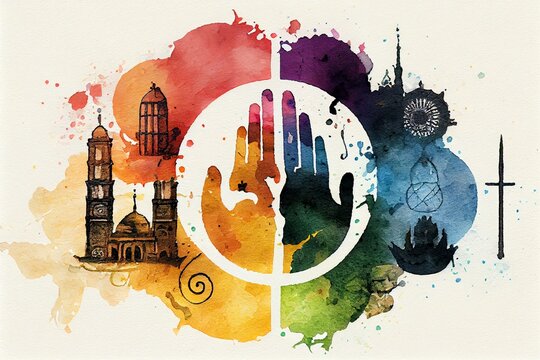Inside a Turkish Hospital–A Visit with Syria’s Wounded
By S. Syed
Editor’s note: S. Syed is from Troy, Michigan, and has gone to Turkey representing the Syrian Medical Association, to distribute medical supplies. He is on the Board of Directors of The Muslim Observer Youth Group.
August 29, 2012–GAZIANTEP, Turkey – A painfully thin Free Syrian soldier from Homs, immobile and unable to eat or drink for weeks, with shrapnel from a blast cutting his trachea; a 4-year old boy with a damaged eye who also lost his sister in the bombing of Azaz; an Aleppan university student and revolutionary fighter recovering from shrapnel wounds and still thinking of ways to deliver supplies to his comrades; an elementary school child whose leg was shattered when a bomb exploded outside his house and blew in his door and whose family was prevented from crossing the border; a Turkish volunteer solider recovering from wounds to his extremities in a room with three Syrian patients who can’t understand him; a school-age Aleppan girl whose eye was damaged in an air raid that cost her six family members, including her parents; these are just some of the casualties of the Syrian conflict currently recovering in a Turkish hospital, and as absurd as it may seem, some may consider these to be the “lucky†ones.
In addition to welcoming tens of thousands of Syrian refugees, Turkey is also treating many wounded Syrians in its hospitals. While field hospitals within Syria receive and treat most Syrian casualties, in cases where supplies are scarce or equipment or expertise is limited, patients make the journey into Turkey. One Syrian doctor in Gaziantep estimates that about 50 Syrian patients are currently being treated just in Gaziantep, with about 20 in the university hospital where he works. “Every couple of days, we discharge a Syrian patient and another one is admitted.†Thousands have been treated across Turkey during the crisis.
Patients are arriving in Turkey with all types of wounds from different sources, including sniper shots, aircraft bombardment, and shrapnel from explosions. In the Gaziantep university hospital, patients with wounds in their limbs or eyes are recovering in rooms of four or two. Those with wounds in their torsos or necks are receiving more critical care in isolation.
Most of the patients arrive from Aleppo and the surrounding northern areas. Previously, patients had been able to arrive from further south, but the regime has cut off many areas in recent weeks. For example, the secret sewer routes used to transport one patient from Homs to Turkey have been reportedly closed down earlier this week.
Sometimes, family members or friends accompany the wounded. In one example, Abu Ahmed accompanied his young son to Turkey for treatment after burying his daughter and other family members lost to the shelling in Azaz. He also makes the rounds to other hospitals where additional family members are being treated. In a striking example of how this conflict is being covered, Abu Ahmed was able to quickly pull up a YouTube video that showed the exact attack and devastation that cost him his home and his loved ones.
Unfortunately, not all patients had the support of loved ones. In one case, a young boy’s family was not allowed to cross the border with him into Turkey. However, in those cases, the other Syrians in the hospitals try to fill the void. “He wants to feel loved,†explained a neighboring Syrian patient, encouraging visitors to at least give the child a hug.
Some of the Syrians being treated in Turkey are active in resisting the regime, but most are children or non-combatants. As they lay in their beds, several patients declared their commitment to the struggle as their friends or family looked on. If their families weren’t resisting the regime before, many are thinking of how to support the revolution now.
14-39













2012
864 views
views
0
comments